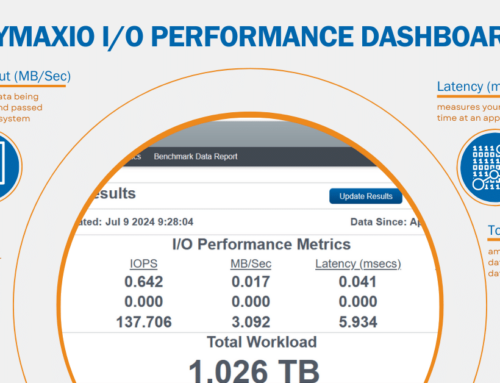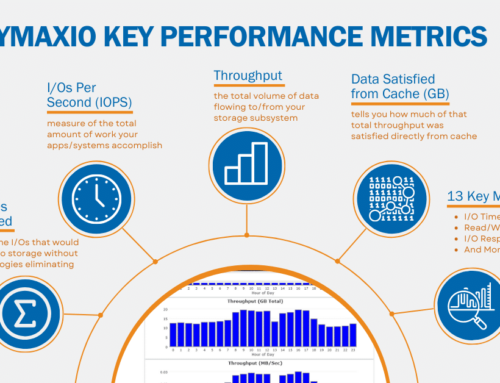I chose to use the word “Revolution” instead of “Evolution” because, with all due modesty, our patented technology has been more a series of leaps to stay ahead of performance-crushing bottlenecks. After all, our company purpose as stated by our Founder, Craig Jensen, is:
“The purpose of our company is to provide computer technology that enormously increases the production and income of an area.”
We have always been about improving your production. We know your systems are not about having really cool hardware but rather about maximizing your organization’s production. Our passion has been about eliminating the stops, slows and stalls to your application performance and instead, to jack up that performance and give you headroom for expansion. Now, most of you know us by our reputation for Diskeeper®. What you probably don’t know about us is our leadership in system performance software.
We’ve been at this for 35 years with a laser focus. As an example, for years hard drives were the common storage technology and they were slow and limited in size, so we invented numerous File System Optimization technologies such as Defragmentation, I-FAAST®1 and Directory Consolidation to remove the barriers to getting at data quickly. As drive sizes grew, we added new technologies and jettisoned those that no longer gave bang for the buck. Technologies like InvisiTasking® were invented to help maximize overall system performance, while removing bottlenecks.
As SSDs began to emerge, we worked with several OEMs to take advantage of SSDs to dramatically reduce data access times as well as reducing the time it took to boot systems and resume from hibernate. We created technologies to improve SSD longevity and even worked with manufacturers on hybrid drives, providing hinting information, so their drive performance and endurance would be world class.
As storage arrays were emerging we created technologies to allow them to better utilize storage resources and pre-stage space for future use. We also created technologies targeting performance issues related to file system inefficiencies without negatively affecting storage array technologies like snapshots.
When virtualization was emerging, we could see the coming VM resource contention issues that would materialize. We used that insight to create file system optimization technologies to deal with those issues before anyone coined the phrase “I/O Blender Effect”.
We have been doing caching for a very long time2. We have always targeted removal of the I/Os that get in your applications path to data along with satisfying the data from cache that delivers performance improvements of 50-300% or more. Our goal was not caching your application specific data, but rather to make sure your application could access its data much faster. That’s why our unique caching technology has been used by leading OEMs.
Our RAM-based caching solutions include dynamic memory allocation schemes to use resources that would otherwise be idle to maximize overall system performance. When you need those resources, we give them back. When they are idle, we make use of them without your having to adjust anything for the best achievable performance. “Set It and Forget It®” is our trademark for good reason.
We know that staying ahead of the problems you face now, with a clear understanding of what will limit your production in 3 to 5 years, is the best way we can realize our company purpose and help you maximize your production and thus your profitability. We take seriously having a clear vision of where your problems are now and where they will be in the future. As new hardware and software technologies roll out, we will be there removing the new barriers to your performance then, just as we do now.
1. I-FAAST stands for Intelligent File Access Acceleration Sequencing Technology, a technology designed to take advantage of different performing regions on storage to allow your hottest data to be retrieved in the fastest time.
2. If I can personally brag, I’ve created numerous caching solutions over a period of 40 years.





Leave A Comment
You must be logged in to post a comment.